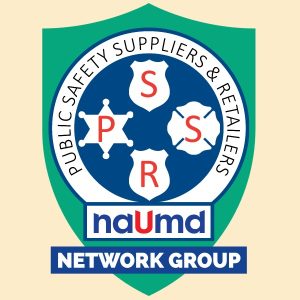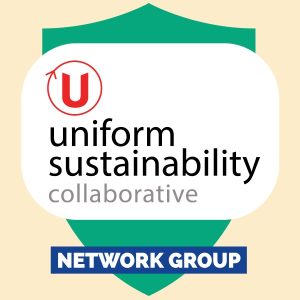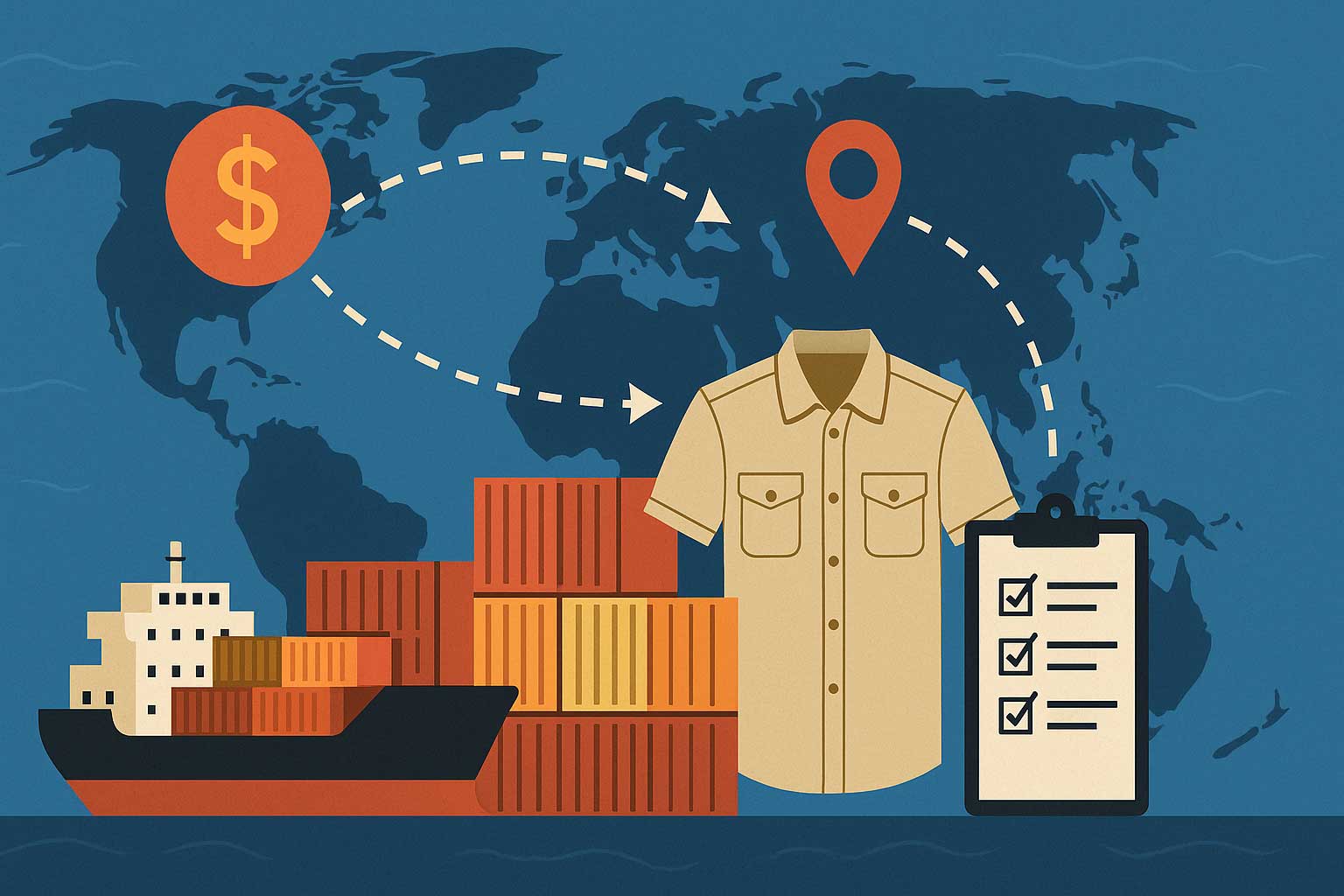In this week’s Uniform Duty column, we take a deeper look at a recent NAUMD Network Discussion, “Comply Chain in Action: Tariff Mitigation, UFLPA, ESG, and Real-World Supply Chain Strategies for Uniform Companies.” The title may sound like a bureaucratic mouthful, but what unfolded was a refreshingly clear conversation about how uniform and workwear companies can keep their footing in the shifting sands of global trade.
Led by Eric Hargraves, Senior Manager at Elliott Davis, the discussion pulled together the threads—quite literally—of how tariffs, ethics, and enforcement now weave through the fabric of our industry. It wasn’t a theoretical talk. It was about what’s actually happening at the border, in factories, and in the inboxes of sourcing managers who just want to move product without triggering a customs drama.
The modern sourcing challenge, Hargraves explained, begins with an unavoidable truth: it’s no longer enough to know where your uniforms are made. You need to know where the yarn came from, who dyed it, where the zippers were cast, and whether the cotton passed through a region that could put your entire shipment on hold. It’s detective work mixed with diplomacy, all set to the rhythm of a paperwork symphony.
Hargraves traced this tangled story back to its roots in postwar policy. The General Agreement on Tariffs and Trade—remembered by few, blamed by many—was designed to create fairness in global markets. But fairness, it turns out, is subjective. The U.S. has since added layers of protection through Section 232 (national security tariffs), Section 301 (unfair trade practices), and the International Emergency Economic Powers Act—better known as IEEPA—the trade wildcard currently facing Supreme Court scrutiny for how broadly it’s been applied. Taken together, these mechanisms form what Hargraves described as a “regulatory weather system,” one that changes direction faster than a tropical storm.
And if tariffs are the wind, the Uyghur Forced Labor Prevention Act—the UFLPA—is the lightning. Its enforcement arm has teeth. Even garments made outside of China are being detained at U.S. ports if Customs and Border Protection can trace a single fiber, thread, or component to regions under forced labor suspicion. Vietnam, ironically, now leads the list of detentions because so many of its mills and inputs still rely on Chinese-sourced materials. “Traceability isn’t just about ethics anymore,” Hargraves told attendees. “It’s about access. If you can’t prove your supply chain, you can’t clear Customs.”
He laid out five pillars of survival in this environment: map your entire supply chain at the component level, vet every sub-tier supplier, align sourcing with tariff exposure, prepare rebuttal documentation in advance, and build what he called “dynamic optionality.” In plain English—that means having backup plans that actually work when Plan A goes sideways.
The conversation that followed was honest and, at times, a little cathartic. Members shared their own experiences: rising labor and production costs in Mexico and Central America, limited factory capacity, and the ripple effects of tariffs that allow even non-tariffed countries to quietly raise their prices. The group reached a pragmatic consensus—reshoring apparel manufacturing to the United States remains a noble but unlikely dream. The smarter strategy lies in regional diversification through CAFTA-DR and South Asia, combined with absolute transparency with customers about risk and cost.
Of course, trade policy is never just about economics. Politics has a way of showing up uninvited. Advocacy groups, human rights organizations, and evolving diplomatic relationships with China all shape the backdrop of what manufacturers face. Hargraves predicted that while volatility isn’t going away, a kind of new equilibrium could emerge by 2026, with an effective tariff rate averaging around 15 to 20 percent—a recalibration rather than a retreat.
For uniform importers and distributors, that’s not bad news; it’s just the new math of doing business. And for those who joined the NAUMD discussion, it was a chance to compare notes, test assumptions, and walk away with a clearer picture of how to turn compliance into strategy rather than stress.
The good news for anyone who missed it: NAUMD members can still watch the full recording and access a detailed written summary in the Member Portal. It’s all there—plain-language explanations of tariff authorities, step-by-step guidance on UFLPA documentation, and practical advice for reducing risk through Free Trade Agreements, First Sale programs, and Foreign Trade Zones. It’s one of hundreds of videos, summaries, and resources available to members—each one aimed at helping companies stay nimble, informed, and ahead of the next curve.
For those steering the complex ships of uniform supply chains, “Comply Chain in Action” offered more than a briefing—it was a reality check with a map attached. The takeaway was simple: the rules of trade are still shifting, but knowledge, adaptability, and community remain the best navigational tools. And the NAUMD, as ever, is where those tools are sharpened.




















